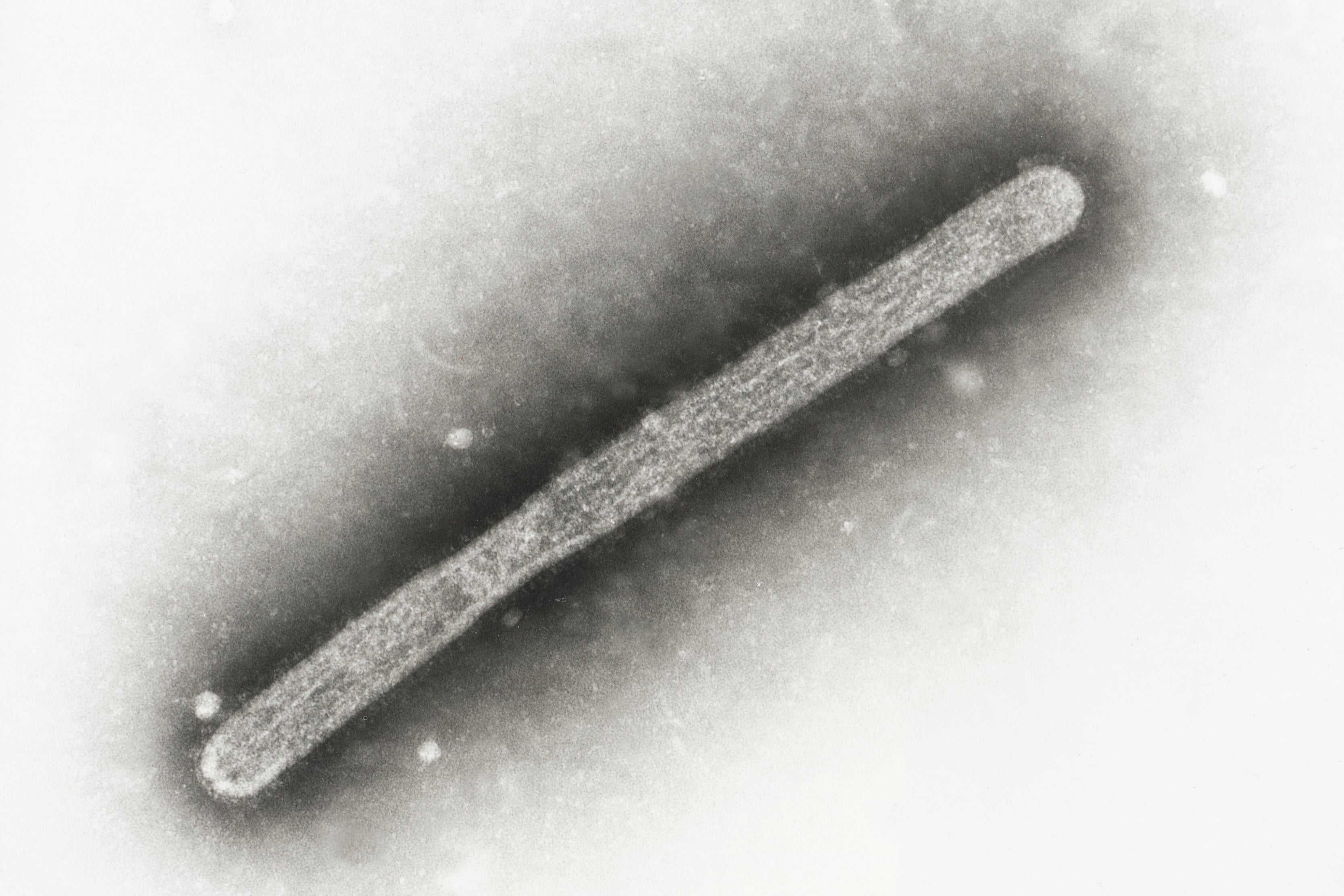Two more bird flu cases reported in Colorado, but elsewhere a study finds no asymptomatic infections
U.S. health officials have announced two more bird flu cases among farmworkers

Your support helps us to tell the story
From reproductive rights to climate change to Big Tech, The Independent is on the ground when the story is developing. Whether it's investigating the financials of Elon Musk's pro-Trump PAC or producing our latest documentary, 'The A Word', which shines a light on the American women fighting for reproductive rights, we know how important it is to parse out the facts from the messaging.
At such a critical moment in US history, we need reporters on the ground. Your donation allows us to keep sending journalists to speak to both sides of the story.
The Independent is trusted by Americans across the entire political spectrum. And unlike many other quality news outlets, we choose not to lock Americans out of our reporting and analysis with paywalls. We believe quality journalism should be available to everyone, paid for by those who can afford it.
Your support makes all the difference.U.S. health officials on Friday announced two more bird flu cases among farmworkers, but they also said a new study in Michigan suggested the virus is not causing silent infections in people.
Last month, the Michigan Department of Health and Human Services launched a study of workers who were around cows sickened by the bird flu. The researchers drew blood from 35 people.
One goal was to determine if there were people who never had any symptoms but did have evidence of past infections. None of the blood testing showed antibodies that would indicate such infections, the Centers for Disease Control and Prevention reported on Friday.
Meanwhile, two more infections tied to a Colorado poultry farm were reported, bringing the total to six. It's the largest outbreak of human bird flu infections in U.S. history, and accounts for most of the 11 cases reported to date. Ten of those cases occurred this year, all among farmworkers and all with mild symptoms.
A bird flu virus has been spreading since 2020 among mammals — including dogs, cats, skunks, bears and even seals and porpoises — in scores of countries. Earlier this year the virus, known as H5N1, was detected in U.S. livestock, and is now circulating in cattle in several states.
Health officials continue to characterize the threat to the general public as low, and the virus has not spread between people. But officials are keeping careful watch, because earlier versions of the same virus have been deadly.
___
The Associated Press Health and Science Department receives support from the Howard Hughes Medical Institute’s Science and Educational Media Group. The AP is solely responsible for all content.